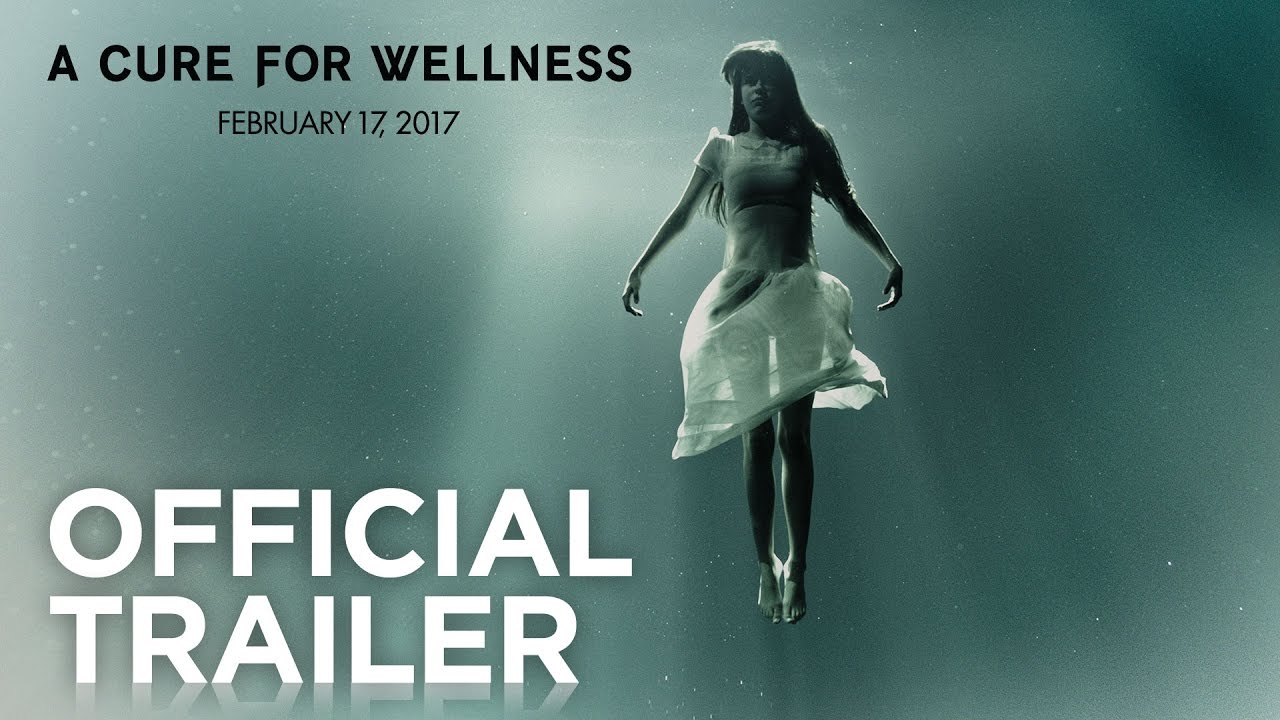A Cure for Wellness (2016)

A Cure for Wellness (2016) is a psychological horror film directed by Gore Verbinski, with a screenplay written by Justin Haythe. The film is inspired by Thomas Mann’s 1924 novel The Magic Mountain, exploring themes of isolation, manipulation, and the pursuit of wellness in a remote, eerie spa. With a chilling atmosphere, stunning cinematography, and a gripping storyline, the film takes viewers on a twisted journey that blurs the line between health and horror. Starring Dane DeHaan, Jason Isaacs, and Mia Goth, A Cure for Wellness is a visually striking and unnerving experience.
The film follows Lockhart (Dane DeHaan), a young ambitious executive sent to a remote Swiss wellness center to retrieve his company’s CEO, who has become mysteriously ill. Upon arrival, Lockhart quickly becomes entangled in the strange and disturbing practices of the facility, which promises healing but seems to hide dark secrets. As he delves deeper into the institution’s enigmatic nature, Lockhart begins to question his own sanity and discovers a terrifying truth about the spa’s supposed “cure” that involves more than just physical wellness.
One of the most striking aspects of A Cure for Wellness is its hauntingly beautiful visual style. Verbinski’s direction and the cinematography by Bojan Bazelli create a gothic atmosphere that perfectly complements the film’s unsettling tone. The wellness center itself is both majestic and suffocating, with its lavish architecture and serene landscapes hiding the sinister practices within. The use of symbolism, such as the recurring motif of water and the spa’s mysterious healing treatments, enhances the film’s eerie and surreal quality.

The performances in A Cure for Wellness are exceptional, particularly by Dane DeHaan, who plays the troubled protagonist, Lockhart. DeHaan’s portrayal of a man unraveling mentally and physically under pressure is both compelling and unsettling. Jason Isaacs delivers a chilling performance as Dr. Volmer, the charismatic yet sinister head of the wellness center. Isaacs’ calm demeanor hides a disturbing undercurrent, adding to the tension as the plot unfolds. Mia Goth, as the mysterious Hannah, also adds a sense of vulnerability and intrigue to the film.

The film’s pacing and narrative structure are deliberate, creating a slow-burn suspense that builds toward a shocking and bizarre climax. While A Cure for Wellness starts as a psychological mystery, it gradually transforms into a disturbing and grotesque horror story. The slow revelation of the wellness center’s true nature, combined with the surreal and nightmarish imagery, creates a growing sense of dread. By the time the film reaches its shocking conclusion, the audience is left questioning the nature of reality and the price of achieving perfect wellness.

In conclusion, A Cure for Wellness is a visually stunning and psychologically complex horror film that combines elements of mystery, suspense, and gothic terror. Gore Verbinski’s direction, Justin Haythe’s screenplay, and the impressive performances from the cast create a dark and immersive atmosphere that draws viewers into its unsettling world. The film’s exploration of wellness, corruption, and the mind’s fragility makes it a thought-provoking and eerie experience, leaving a lasting impression long after the credits roll.











